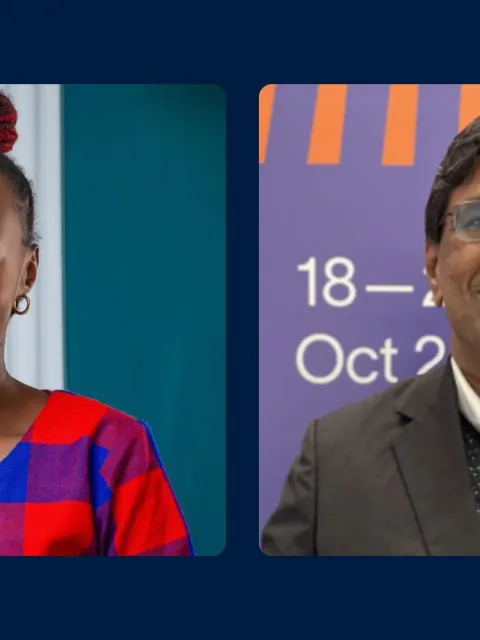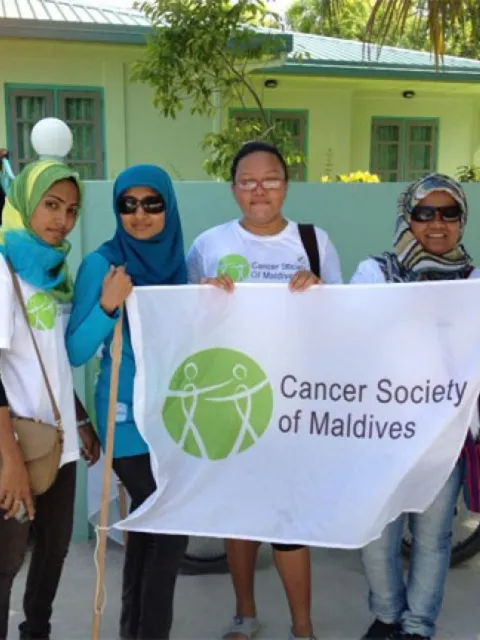How tobacco and lung cancer are related in Mexico: a story without a happy ending

UICC Board Member Kenji Lopez firmly refutes arguments by young individuals that smoking's pleasure outweighs its risks. His blog post, released ahead of World No Tobacco Day on 31 May, shines a light on the stark realities of lung cancer diagnosis, treatment costs and patient burdens in Mexico.
"I will die happy if I die tomorrow, it's my choice," I heard someone say this when their girlfriend scolded them for smoking. Over 80% of lung cancer diagnoses are associated with smoking.
Key information about lung cancer treatment in Mexico shows without a doubt that such a diagnosis could not lead to happiness.
More than 7,000 people are diagnosed with lung cancer each year in Mexico, of which more than 6,000 die of the disease.
Cancer is considered a catastrophic disease due to the high costs of care, which can cause financial ruin for families. The average cost for its annual treatment is a little over 2.6 million pesos (USD 130,000), according to the Mexican Association of Insurance Institutions, without considering whether the person is covered by a social security schemes or Major Medical Expenses Insurance.
Chemotherapy in Mexico, for example, costs 60,000-80,000 pesos (USD 3,000-4,000), depending on the drug and treating institution/hospital.
In addition to chemotherapy, the patient may undergo surgical interventions and/or require radiation therapy. The cost of each radiation session in Mexico ranges from 12,000 to 25,000 pesos (USD 600-1,200).
And how long does treatment take?
Adjuvant and neoadjuvant chemotherapy for treatment are often administered for three to four months depending on the drugs used. For advanced lung cancer, treatment may take longer depending on how the patient is responding and what side effects they may be experiencing.
If prescribed for the treatment of lung cancer, radiation therapy may be prescribed for five days a week, for three to seven weeks, depending on the case.
However, there can be shortages of essential drugs, as is currently the case for Tagrisso (osimertinib) at National Institute of Cancerology (INCan), a drug used to treat advanced microcytic cell lung cancer (NSCLC). We are aware of this information through two cases that we supported through the Cancer Warriors of Mexico Foundation. We also have information that the supply will be restored in approximately two to three weeks.
What if I don't smoke, but people close to me do smoke? Exposure to secondhand smoke can increase the risk of developing lung cancer by 20–30%.
"Smoking for pleasure but dying happy?" It's better to live with awareness. The diagnosis and treatment of cancer not only affects the patient but also their family. It requires economic expenses, support networks, emotional support, and adherence to treatments.
"If I die tomorrow, I will die happy." That's how this thread started, with a phrase that seeks to justify tobacco consumption.
I have been involved in the fight against cancer for 10 years, and I have never seen a person diagnosed with cancer die the next day, much less say that they died happy.
This is only my personal experience, and it does not necessarily apply to all cases worldwide, but I hope this contributes to generating awareness in the context of the World No Tobacco Day.
Last update
Tuesday 30 May 2023Share this page


